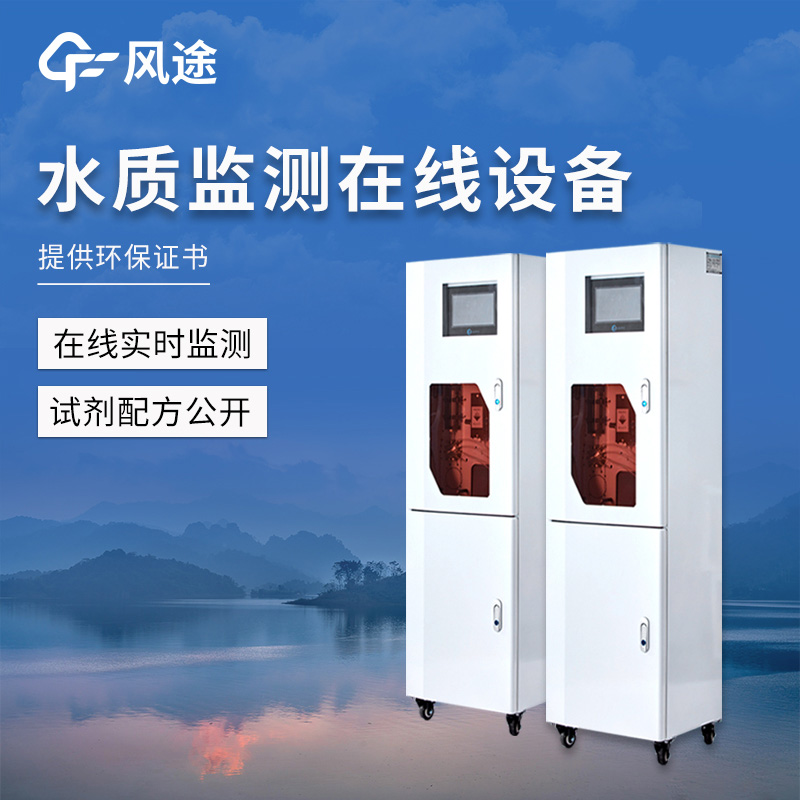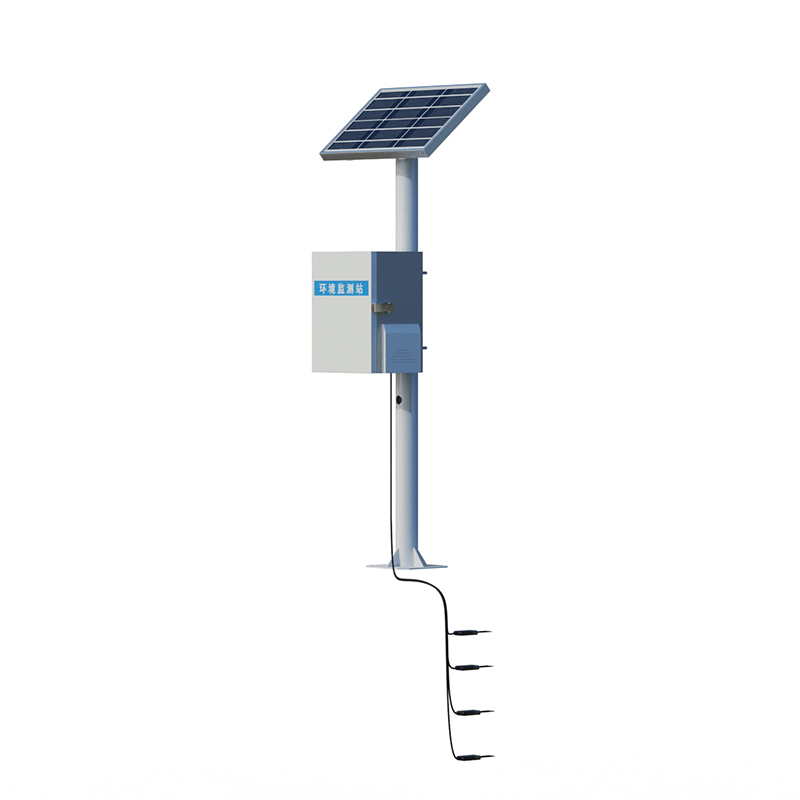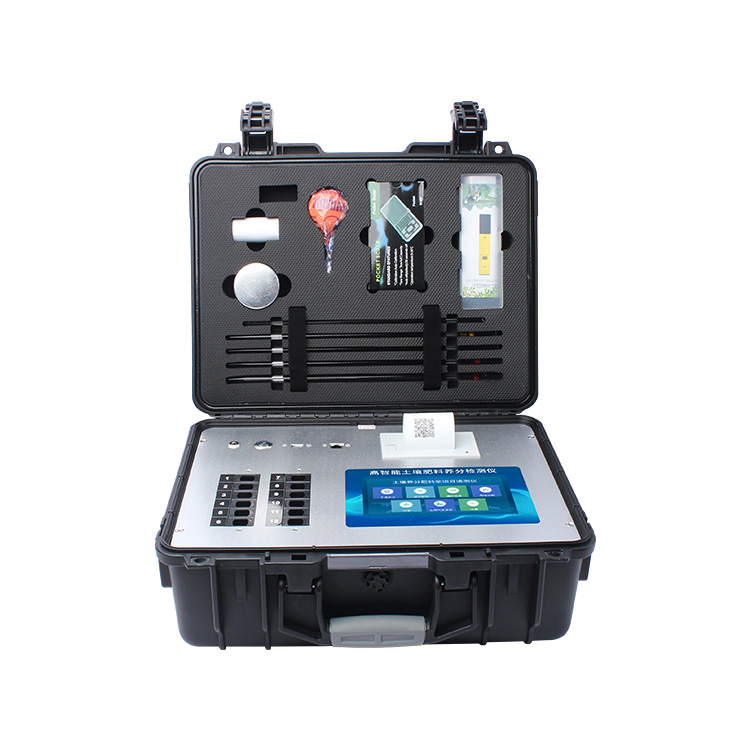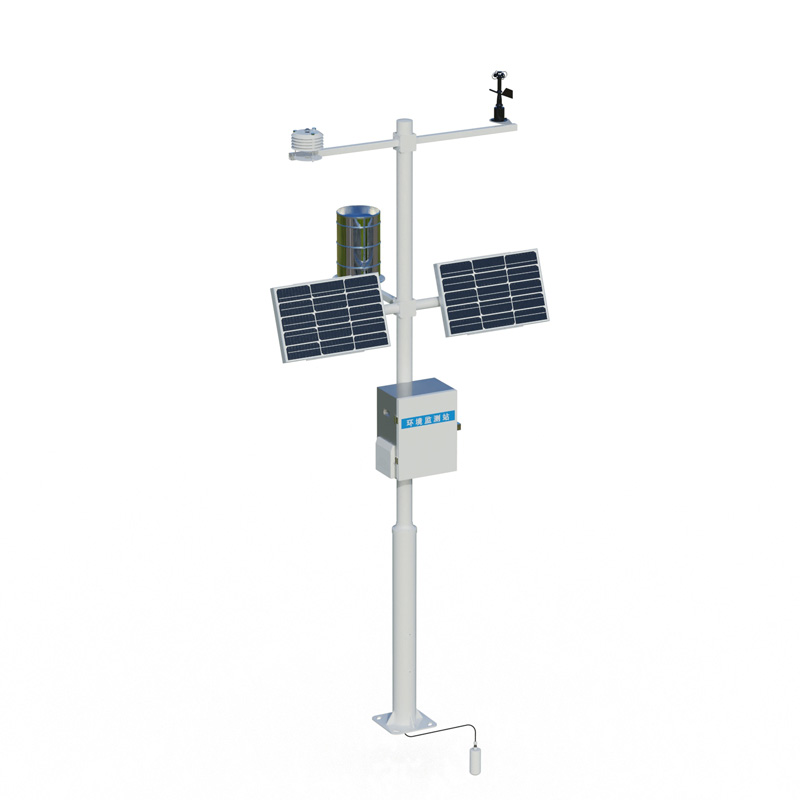The water quality testing system relies on advanced water quality analysing instruments, combined with automation control, computer technology as well as professional analysing software and communication network, to build a fully automated monitoring process. The system covers all aspects from the collection of water samples, pre-treatment, real-time monitoring, to the analysis, processing and storage of data, ensuring that the water quality monitoring station can operate automatically and efficiently.
Its composition structure is shown below:
Sampling and conveying module: this module is responsible for extracting and conveying water samples, including water sampling pumps, conveying pipelines and preliminary filtration systems. The system ensures that high quality water samples are consistently obtained through periodic commands from the control centre.
Water Sample Pre-treatment and Distribution Unit: This unit carries out pre-treatment steps such as sedimentation, settling and filtration of collected water samples, as well as water sample settling treatment and cleaning of sampling cups of the analysing instruments, removing algae, in order to meet the operating conditions of the analysing instruments.
Automatic water quality analysis instrument group: Automatically performs water quality analysis, including five-parameter analysers that measure basic water quality parameters (e.g., water temperature, pH, conductivity, turbidity, and dissolved oxygen), as well as analytical equipment for specific pollutants such as ammonia nitrogen, chemical oxygen demand (CODMn), and hexavalent chromium, among others.
System control core: automated supervision of the entire monitoring process, covering sampling, pre-processing, measurement, data management and transmission. It consists of programmable logic controller (PLC), input and output modules, communication modules, execution elements and special control software.
Data communication system: it undertakes the task of monitoring data transmission and conveys the instructions from the monitoring stations to the PLC control platform. The system adopts data collector and wireless GPRS communication technology to ensure the safety and integrity of data transmission.

This paper addresses:https://fengtusz.com/industry/282.html









